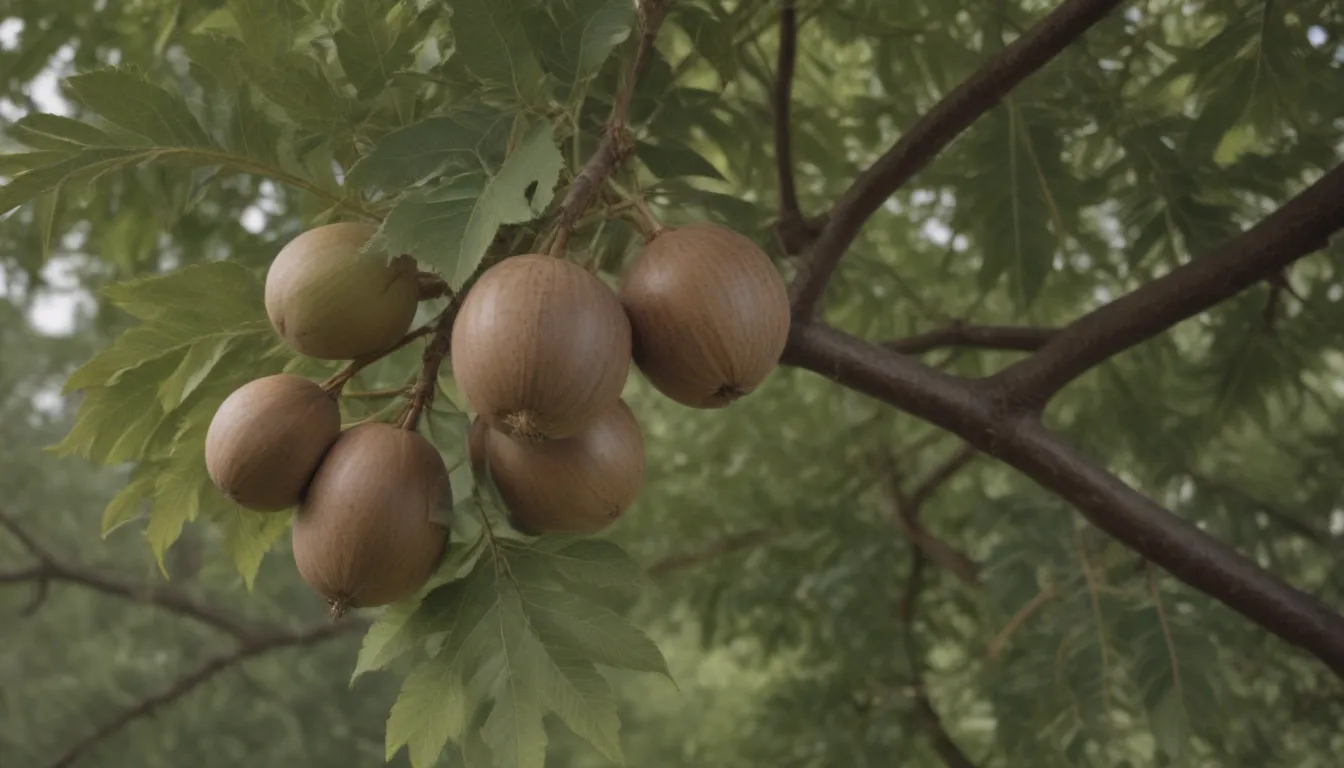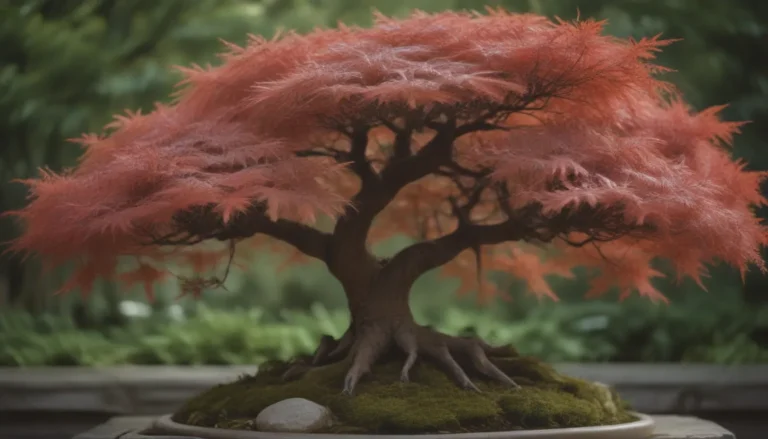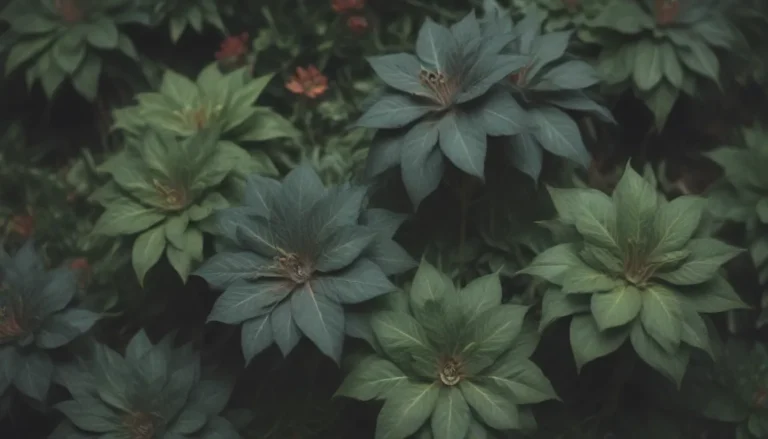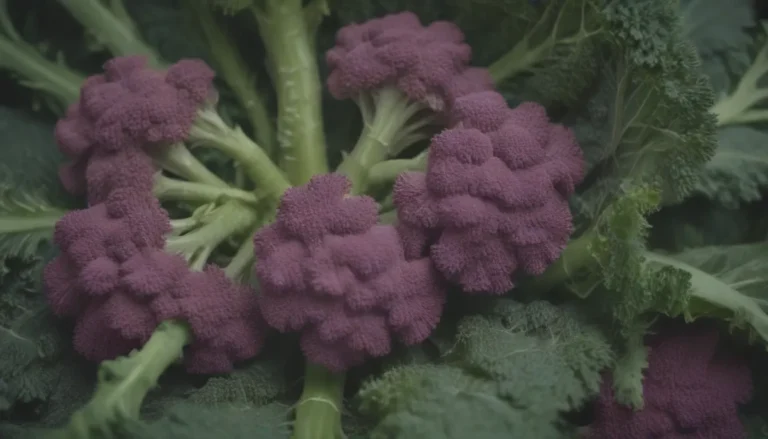Understanding the Black Walnut Tree: Benefits, Problems, and Identification

If you have a black walnut tree in your yard, you may already know that it offers a range of benefits, but also comes with its fair share of challenges. In this comprehensive guide, we’ll delve into everything you need to know about the black walnut tree – from its advantages to its potential problems and how to identify it easily.
The Black Walnut Tree: An Overview
The black walnut tree, scientifically known as Juglans nigra, is a native hardwood tree that is prized for its attractive woodworking lumber, edible nuts, and large size. This beloved tree is a popular choice for large-scale landscapes due to its many desirable qualities.
Quick Facts About Black Walnut Trees
Here are some key facts about the black walnut tree that you should keep in mind:
-
Benefits: The black walnut tree’s large size and canopy make it an excellent shade tree. Additionally, its wood is highly sought after for woodworking projects, such as furniture and cabinetmaking. As a native tree, black walnuts also provide food and shelter for wildlife, with squirrels being the primary beneficiaries of the nuts.
-
Problems: One of the main issues with black walnut trees is their ability to produce juglone, a chemical that inhibits the growth of many plant species in its vicinity. This allelopathic nature can cause problems for home gardeners, as not all plants are tolerant to juglone.
-
Identification: Black walnut trees are deciduous and can grow up to 120 feet tall. They have very large leaves, with individual leaflets that can reach up to 24 inches in length. The trees are one of the last to leaf out in spring and one of the first to drop their leaves in the fall. Additionally, their nuts drop in September or October, with the husk turning black once they fall.
Plants That Thrive Near Black Walnut Trees
While black walnut trees can be challenging for some plants to grow near, there are several species that are not affected by juglone. Some plants that can thrive near black walnut trees include:
-
Dogwood
-
Juniper
-
Clematis
-
Daffodils
These plants are juglone-tolerant and can coexist peacefully with black walnut trees in your landscape.
Plants That Don’t Fare Well Near Black Walnut
On the other hand, there are several plants that do not grow well in the vicinity of a black walnut tree due to their sensitivity to juglone. Some plants that may struggle near black walnut trees include:
-
Tomatoes
-
Peppers
-
Potatoes
-
Eggplants
-
Cabbage
-
Rhubarb
-
Asparagus
-
Peonies
-
Petunias
-
Chrysanthemums
If you notice wilting, yellow leaves, or stunted growth in these plants, it may be a sign that they are sensitive to juglone.
How to Deal with Black Walnut Trees in Your Yard
If you have a black walnut tree in your yard and are concerned about its impact on other plants, there are several ways to manage the situation:
-
Removing Seedlings and Saplings: Small black walnut seedlings and saplings can be removed by pulling them out with their entire roots. Loose the surrounding soil with a shovel if necessary to ensure the taproot comes out completely.
-
Cutting Down Larger Trees: For larger trees, cutting them down may be necessary. Treat the freshly cut stump with a stump killer to prevent regrowth.
-
Harvesting Nuts: Black walnut trees start bearing fruit and nuts when they are between 10 and 13 years old. The nuts can be harvested and cracked for their delicious meat.
-
Considering Timber Use: If you are considering cutting down a mature black walnut tree for its lumber, keep in mind that it can take up to 35 years before the tree is ready for harvesting. Additionally, factors such as tree health and property impact should be considered.
How to Identify a Black Walnut Tree
Identifying a black walnut tree is essential for understanding its presence in your landscape. Here are some key characteristics to look out for:
-
Height: Black walnut trees can grow up to 120 feet tall, with an average height of about 80 feet. They have a long trunk with branches that start at a high level.
-
Bark: The bark of young trees is grayish and scaly, darkening over time and developing diamond-shaped ridges.
-
Leaves: Black walnut leaves are very large, with individual leaflets that can reach up to 24 inches in length. They are one of the last trees to leaf out in spring and one of the first to drop their leaves in the fall.
-
Nuts: The signature nuts of the black walnut tree drop in September or October, with the husk turning black once they fall.
Plants That Resemble Black Walnut
Two trees that can be mistaken for black walnut due to their similar growth habitat are the tree of heaven and the staghorn sumac. Here are some features that distinguish them from a black walnut tree:
-
Tree of Heaven: This tree has an off-putting smell, cantaloupe-like bark, and non-serrated leaves.
-
Staghorn Sumac: This native tree has fuzzy twigs, leaves that turn bright red in fall, and eye-catching red flower clusters.
By understanding these features, you can easily differentiate between black walnut trees and their lookalikes.
In conclusion, while the black walnut tree offers many benefits, it also presents challenges for home gardeners due to its allelopathic nature. By understanding how to identify black walnut trees and which plants are compatible or sensitive to juglone, you can effectively manage your landscape and make the most of this beloved tree’s presence. With proper care and knowledge, you can enjoy the beauty of black walnut trees while ensuring the health of your garden and surrounding plants.





